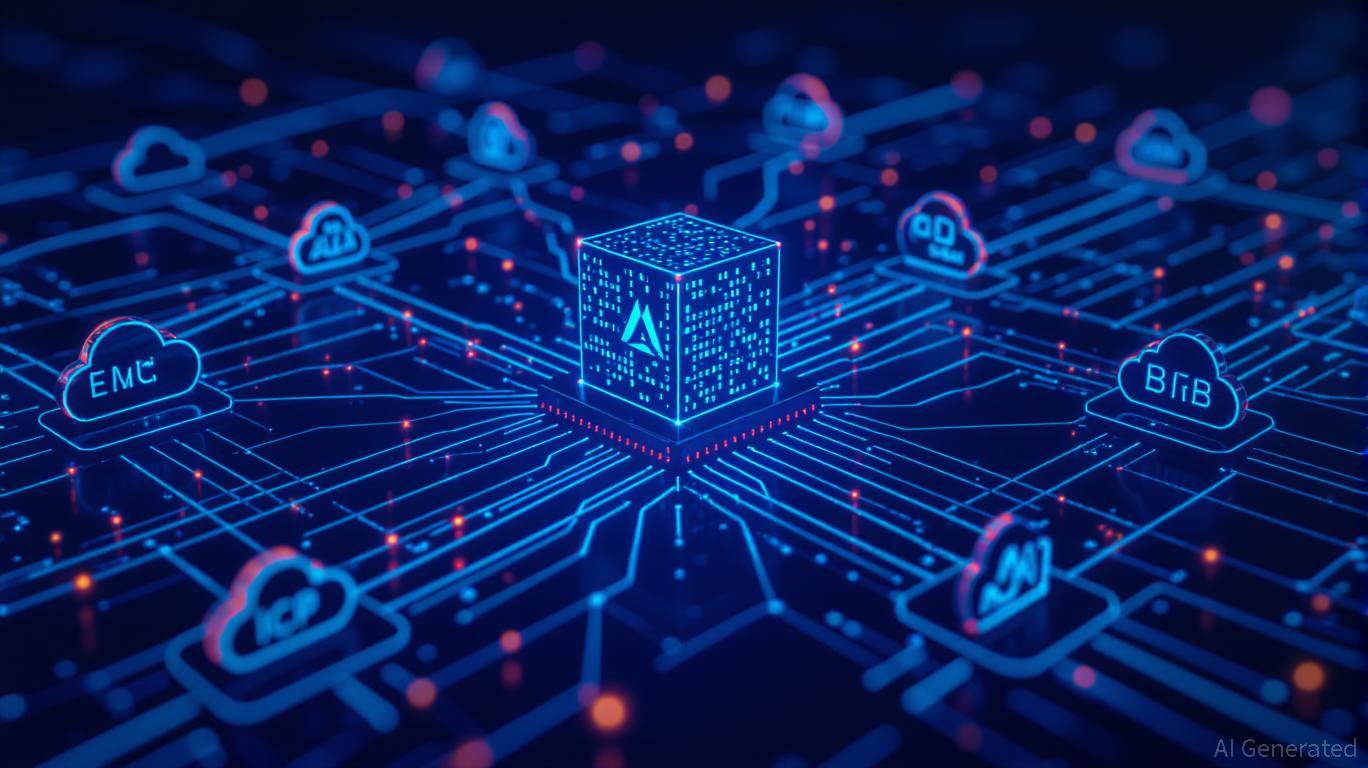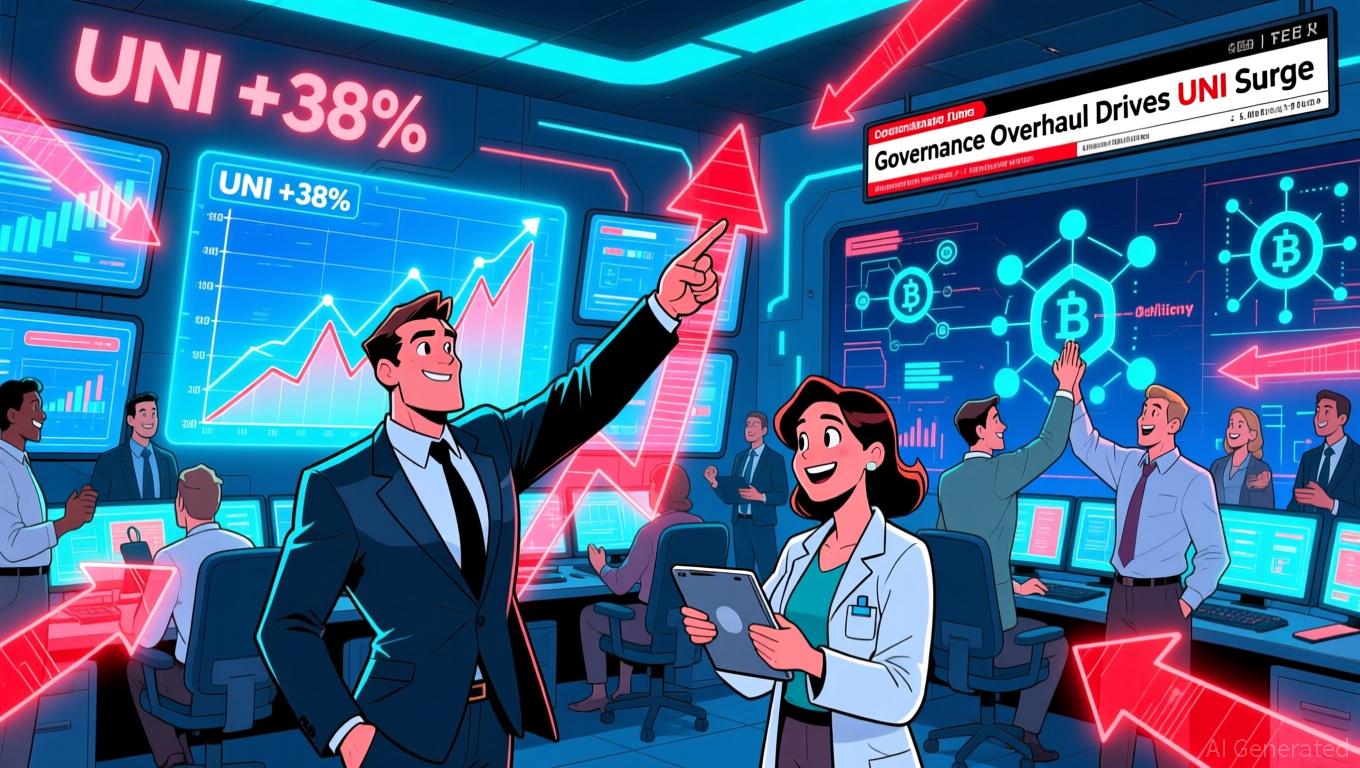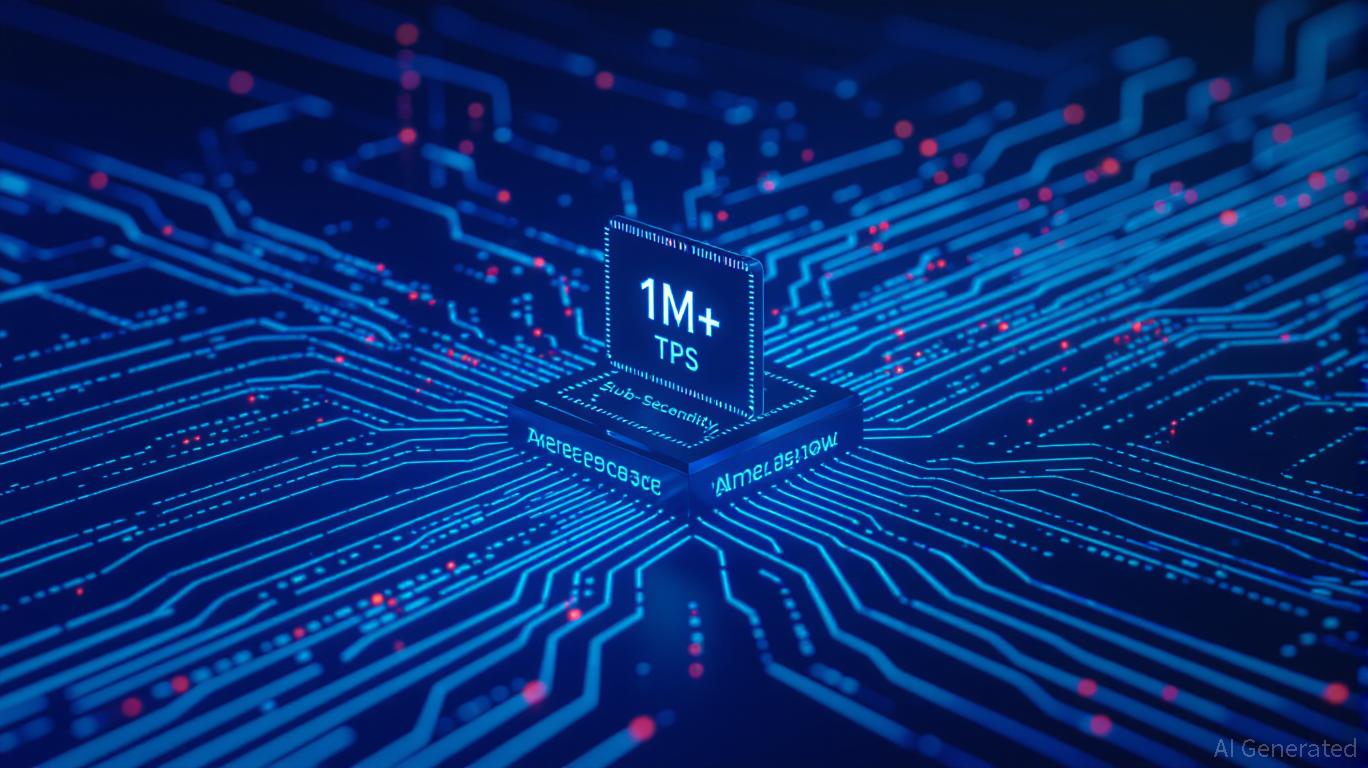Bitcoin’s Struggle for Identity: Balancing Data Growth and Decentralization
- MicroStrategy's Michael Saylor reignited Bitcoin protocol debate by sharing a video urging "Run Knots," interpreted as tacit support for stricter data limits against Bitcoin Core's v30 update. - Bitcoin Core's v30 upgrade (Oct 2025) increases OP_RETURN data limits to 100,000 bytes, while Knots maintains 80-byte limit to prevent "parasitic" transactions and node centralization risks. - Saylor's non-technical stance on the dispute has drawn criticism, with Knots adoption surging 638% in 2025 to 14% of node

Michael Saylor, the well-known CEO of MicroStrategy, has sparked renewed discussion in the
The v30 update, planned for October 2025, will raise the standard data cap for OP_RETURN transactions from 80 bytes to 100,000 bytes. OP_RETURN is a Bitcoin command that lets users include arbitrary data in transactions, a feature some critics say could encourage spam or non-financial uses. Bitcoin Core, which powers 70% of nodes title2 [ 2 ], argues that this adjustment brings the protocol in line with miner practices and curbs workarounds like Ordinals, which store data in witness fields. Supporters believe the change will simplify data embedding and help prevent miners from centralizing by directly accepting large data transactions title12 [ 6 ].
Bitcoin Knots, led by developer Luke Dashjr, has refused to adopt the change, keeping the 80-byte restriction to guard against what it calls “parasitic” transactions. The use of Knots has soared by more than 638% in 2025, with 14% of nodes now running it. Advocates for Knots, including notable figures like Samson Mow, warn that the Core update could transform Bitcoin into a “generic database,” increasing storage expenses for node operators and exposing them to legal risks from hosting illegal content. Detractors of Core also point to the removal of customizable data filters, viewing it as a blow to node autonomy title10 [ 5 ].
Saylor’s participation has deepened the divide. In the video he shared, he referred to the OP_RETURN limit dispute as a “second- or third-order change,” and highlighted the community’s “healthy” pushback against what he labeled “inflammatory” responses title1 [ 1 ]. At a recent Bitcoin Treasuries conference, he stressed the importance of caution, noting that even small protocol tweaks could lead to broader systemic issues. Yet, his failure to address the technical specifics—such as node expenses or data overload—has drawn criticism from developers like Paul Sztorc, who described his comments as a “pro-ossification answer” lacking depth title2 [ 2 ].
This dispute echoes earlier controversies, such as the 2023 Ordinals boom, when NFT-like assets triggered similar debates over whether Bitcoin should prioritize monetary or data functions title1 [ 1 ]. Some observers caution that the current rift could fragment the network, with Core and Knots users potentially isolating themselves from one another. A public script to block Knots nodes has already surfaced, fueling worries about undermining Bitcoin’s open-access principles.
With the October launch approaching, the resolution of this issue could significantly influence Bitcoin’s future. If Core’s proposal is widely embraced, it could open the door to new applications but might also increase node costs and centralization risks. On the other hand, if Knots continues to gain traction, Bitcoin’s monetary focus could be reinforced, though at the potential expense of innovation. For now, the community looks to Saylor for further guidance as it awaits a solution to a conflict that highlights the ongoing challenge of balancing decentralization with new use cases.
Disclaimer: The content of this article solely reflects the author's opinion and does not represent the platform in any capacity. This article is not intended to serve as a reference for making investment decisions.
You may also like
Internet Computer's Unexpected Rise in 2025: Will the Momentum Last or Is It Just Temporary Excitement?
- Dfinity's 2025 AI-driven upgrades and Caffeine tool triggered a 56% ICP price surge, boosting trading volume by 131%. - Partnerships with Microsoft and Google Cloud enhance ICP's scalability, addressing blockchain interoperability challenges. - Speculation about Coinbase listing and $1.14B trading volume highlight institutional interest, aligning with Coinbase's 2025 strategy. - Regulatory scrutiny and recent 11% price drop underscore risks, questioning ICP's sustainability amid AI-blockchain convergence.

Bitcoin Updates: The Two Sides of Leverage—A Whale Faces $3 Million Loss While an Insurer Gains €1.12 Billion
- Unipol Assicurazioni (UNI) reported €1.12B net profit in Q1-Q3 2025, driven by BPR Banca gains and strong life/property segments despite market shifts. - Crypto whale "BTC OG" incurred $3M unrealized loss on leveraged BTC/ETH longs, contrasting UNI's stability amid volatile leveraged trading risks. - UNI's 158% solvency ratio and cost-cutting/digital transformation efforts highlight traditional insurers' resilience versus crypto's amplified market sensitivity. - Divergent outcomes underscore institutiona

Uniswap News Today: Uniswap's 100 Million UNI Token Burn Sparks 38% Rally as Deflationary Changes Transform DeFi
- Uniswap's UNI token surged 38% after the Foundation and Labs launched the "UNIfication" governance overhaul, activating protocol fees and token burns. - The proposal includes a 100M UNI retroactive burn (16% of supply), fee redirection to deflationary mechanisms, and a 20M UNI Growth Budget for DeFi innovation. - Structural changes consolidate teams under Uniswap Labs, eliminate interface fees, and establish a 5-member board to align governance with DUNA's decentralized framework. - Market reaction saw U

Solana's Value Soars: Key Factors Fueling Investor Confidence Toward the End of 2025
- Solana (SOL) surges in late 2025 due to infrastructure upgrades, institutional adoption, and strong on-chain metrics. - Firedancer validator client boosts TPS to 1M+, while Alpenglow aims for sub-second finality, enhancing scalability for real-time finance. - Institutional holdings of SOL jump 841% to 16M tokens, with Visa and R3 partnerships validating its role in cross-chain global finance. - Network records 17.2M active addresses and 543M weekly transactions, maintaining 8% DeFi market share despite b
